Graphics Reference
In-Depth Information
Solution.
The representatives
i
= (-3,0,1),
j
= (0,-2,1), and
o
= (1,1,-1) for
I
,
J
, and
O
, respectively, have the property that they add up to a representative for
U
. The stan-
dard parameterization j of
P
2
with respect to the given
I
,
J
,
O
, and
U
is defined by
(
)
=
(
[
)
+-
(
)
+-
(
)
]
j xy
,
x
301
, ,
y
0 21
,
,
11 1
, ,
[
(
)
]
(
(
)
)
=- + - +
31211
x
,
y
,
´-
3121
x
+ -
,
y
+
.
Solving the equation j(x,y) = (1,2) for x and y gives that x = 0 and y =-1/2. Therefore,
P
has coordinates (0,-1/2) with respect to the given coordinate system.
Let
2
2
j
k
:
PP
Æ
,
(3.25a)
be the standard parameterization of
P
2
with respect to the coordinate system defined
by
I
k
,
J
k
O
k
, and
U
k
, k = 1,2. Express
I
k
,
J
k
O
k
, and
U
k
in the form
I
k
= [
i
k
],
J
k
= [
j
k
],
O
k
= [
o
k
], and
U
k
= [
u
k
] with
i
k
+
j
k
+
o
k
=
u
k
. Because the vectors
i
k
,
j
k
, and
o
k
are
linearly independent, there are constants a
i
, b
i
, and c
i
, so that
i
=++
a
i
bc
j
o
,
1
1 2
1 2
1
2
j
=
a
i
+
bc
j
+
o
,
1
2 2
2 2
2
2
oi
=
a
+
bc
j
+
o
.
(3.25b)
1
3 2
3 2
3
2
3.4.1.16. Theorem.
Given the parameterizations j
k
in (3.25a) and the constants a
i
,
b
i
, and c
i
in equations (3.25b), the map
-
1
2 2
:
PP
yj j
=
Æ
2
1
has the form
(
[
]
)
=
[
]
y XYZ
,,
aXaYaZbXbYbZcXcYcZ
+
+
,
+
+
,
+
+
,
(3.25c)
1
2
3
1
2
3
1
2
3
aa a
bb b
cc c
1
2
3
with
π
0
.
1
2
3
1
2
3
With respect to the standard inclusion of
R
2
in
P
2
the map Y has on the form
ax a y a
cx c y c
++
++
bx b y b
cx c y c
++
++
Ê
Ë
ˆ
¯
1
2
3
1
2
3
(
)
=
y xy
,
,
.
(3.25d)
1
2
3
1
2
3
Proof.
The proof is a straightforward computation similar to the proof of Theorem
3.4.1.10.
Like Theorem 3.4.1.10, Theorem 3.4.1.16 should be taken as a statement about
how coordinates change as one moves from one coordinate system of the projective
plane to another. In other words, we have

